Energy Insider: Beijing Steps Up Efforts to Hit Energy and Emissions Targets, Battery Exports Eclipse Solar Panels
Listen to the full version
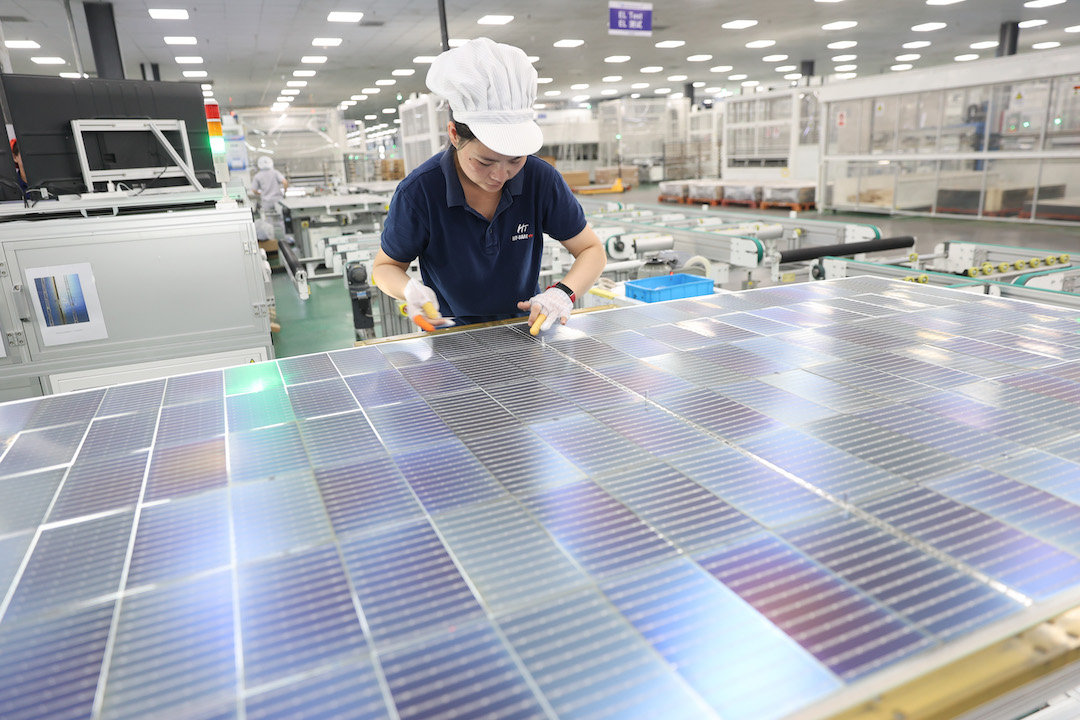
In this week’s Caixin energy wrap, we analyze China’s biggest climate and energy news on policy, industry, projects and more:
- China releases new energy-saving action plan
- Batteries eclipse solar panels in exports
- Overcapacity proposed as the “Chinese Marshall Plan”
- Energy regulator calls for “intelligent” coal mining
- Construction of new Tesla’s Shanghai plant begins

Download our app to receive breaking news alerts and read the news on the go.
Get our weekly free Must-Read newsletter.
- DIGEST HUB
- China has issued a new energy-saving and emissions-reduction plan targeting a 2.5% reduction in energy intensity and 3.9% in carbon intensity by 2024, with aims for 20% non-fossil fuel use by 2025.
- Batteries have overtaken solar panels as China's primary renewable energy export, driven by competitive prices and production capacity; this has also boosted overseas green investments.
- Construction of Tesla’s new battery plant in Shanghai began, expected to reach 10,000 Megapack units annually for global distribution by 2025.
China's recent moves in climate and energy were reviewed in Caixin's latest energy wrap. This includes the release of new energy-saving action plans, a shift in export dynamics favoring batteries over solar panels, proposals to address industrial overcapacity, calls for intelligent coal mining, and the construction of Tesla's new Shanghai battery plant [para. 1][para. 3][para. 5].
The State Council published an energy-saving and emissions-reduction action plan for 2024-2025 aimed at achieving targets set by China's 14th Five-Year Plan. These targets include reducing energy intensity by 2.5% and carbon intensity by 3.9% in 2024. For 2025, non-fossil fuel sources should account for around 20% of total energy consumption, with around 39% of electricity generation coming from non-fossil sources [para. 6][para. 9]. China has been struggling to meet these targets, and last year, Beijing pressured officials from eight regions to intensify their efforts [para. 10][para. 11].
The report highlights a significant shift in China's renewable energy exports. Batteries have become the primary export commodity, surpassing solar panels between 2019 and 2023. This change is driven by competitive prices and substantial production capacity from Chinese manufacturers. Additionally, 39% of last year’s Belt and Road Initiative projects were for wind and solar power [para. 14][para. 15][para. 17].
Huang Yiping, a scholar from Peking University, proposed using China's industrial overcapacity to assist developing countries in their green transition, terming it the “Global South green development plan.” This "Chinese Marshall Plan" aims to leverage China's surplus industrial capacity in response to declining demand from the U.S. and Europe [para. 20][para. 22][para. 23][para. 24].
China's energy regulator instructed the nation to expedite the development and transformation of "intelligent" coal mines. The NEA's May 27 notice called for local governments and key stakeholders to integrate digital technologies into coal mining operations, aiming for "high-quality" development. They encouraged large coal mines to implement intelligent systems, particularly for extraction, by 2025 [para. 26][para. 27][para. 29]. The initiative is seen as a method to safely increase coal output and to integrate coal and renewable industries, despite challenges such as technological support and workforce shortages [para. 30][para. 31].
The construction of Tesla’s new battery factory in Shanghai commenced on May 23. This facility, the first of its kind outside the U.S., will manufacture Megapack energy storage batteries. It is set to begin mass production in the first quarter of 2025, with an initial annual capacity of 10,000 units. Each Megapack unit can store more than 3.9 megawatt-hours of energy, enough to power around 3,600 homes for an hour. The construction aims to strengthen Tesla’s position in the Chinese EV market, where it faces competition from local manufacturers like BYD [para. 33][para. 34][para. 35][para. 36][para. 37][para. 38].
Tom Zhu, Tesla’s senior vice president of automotive and former China head, attended the groundbreaking ceremony, highlighting Tesla's strategy to maximize its presence in the world’s largest EV market [para. 39][para. 40].
In summary, China's recent actions illustrate its commitment to achieving energy efficiency and promoting renewable energy while striving to integrate intelligent technologies in traditional sectors like coal mining. These initiatives play a crucial role in addressing both domestic energy challenges and their global impacts, such as facilitating green transitions in developing countries.
- Tesla Inc.
- Tesla Inc. has begun construction on a new battery factory in Shanghai’s Lin-gang Special Area, set to produce Megapack energy storage batteries. This facility, Tesla’s first outside the U.S., is expected to start mass production in Q1 2025 with an initial capacity of 10,000 units annually. The plant aims to support large-scale commercial projects and utilities, and reflects Tesla's efforts to enhance its presence in China amid rising competition from local companies like BYD.
- BYD Co. Ltd.
- The article mentions BYD Co. Ltd. as a domestic rival to Tesla in China's EV market. Tesla's new battery factory and the company's executive movements are part of efforts to regain market share from competitors like BYD.
- May 23, 2024:
- Construction of Tesla’s new battery factory in Shanghai’s Lin-gang Special Area began.
- May 27, 2024:
- Huang Yiping presented the 'Global South green development plan' at the 2024 Tsinghua PBCSF Global Finance Forum in Hangzhou.
- May 27, 2024:
- The National Energy Administration (NEA) issued a notice to fast-track building and converting 'intelligent' coal mines.
- May 28, 2024:
- Wood Mackenzie noted that batteries eclipsed solar panels as the 'primary' renewable energy commodity exported by China between 2019 and 2023.
- May 29, 2024:
- The State Council published an energy-saving and emissions-reduction action plan for 2024 and 2025.
- GALLERY
- PODCAST
- MOST POPULAR


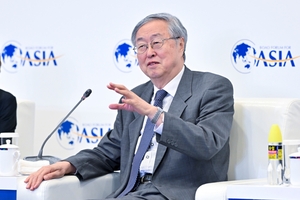
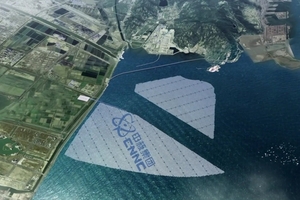
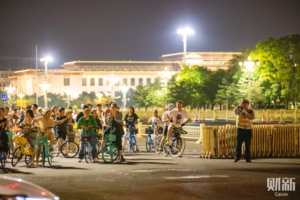


 Sign in with Google
Sign in with Google
 Sign in with Facebook
Sign in with Facebook
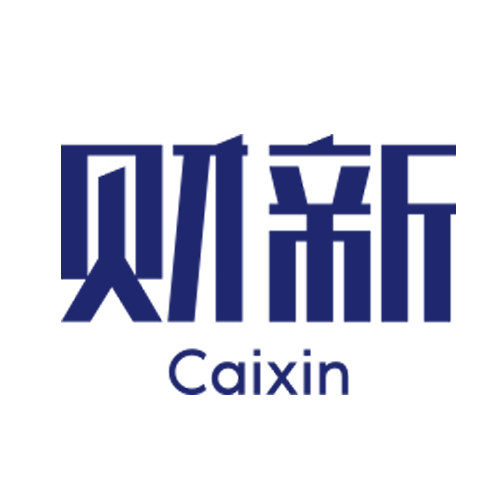 Sign in with 财新
Sign in with 财新